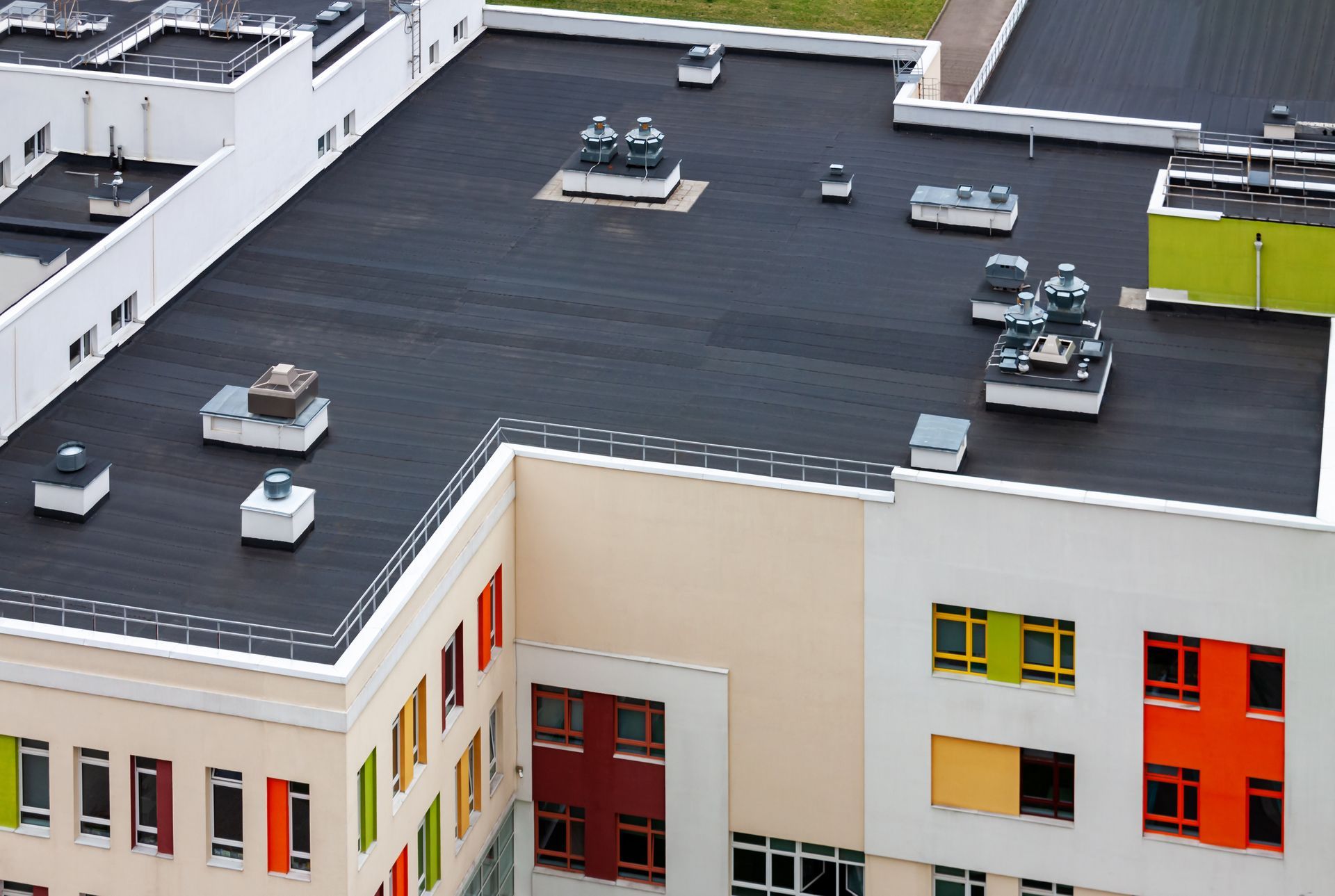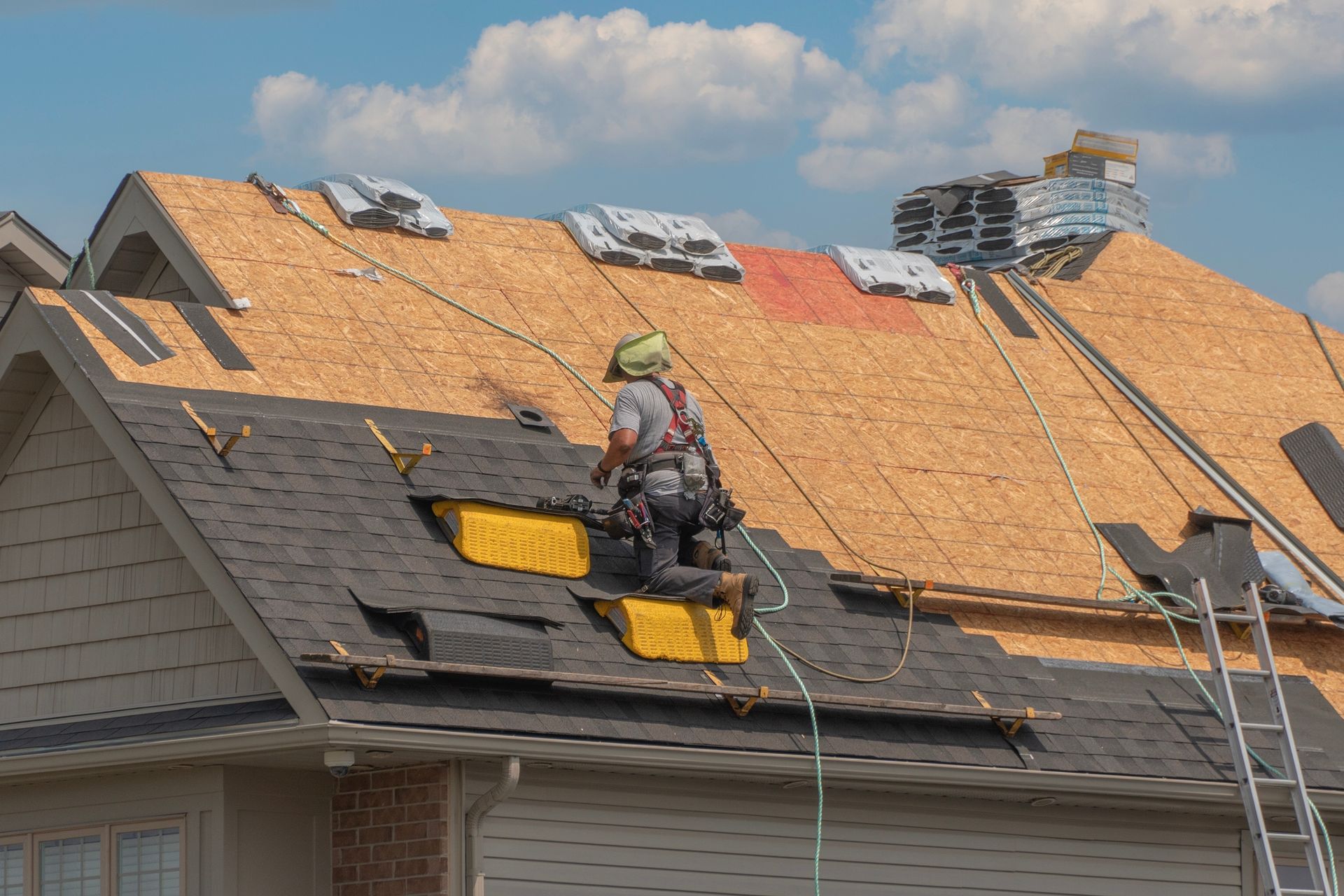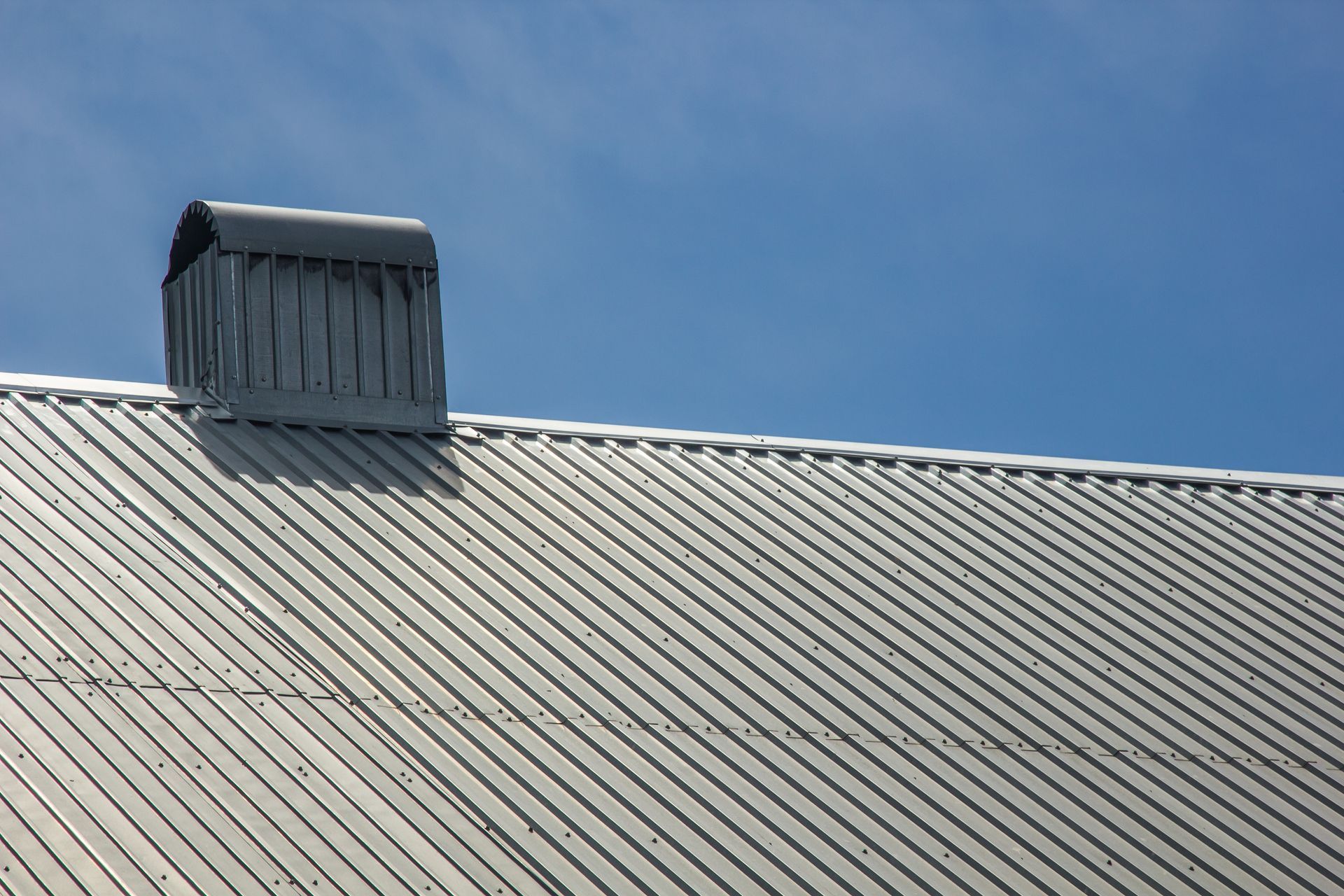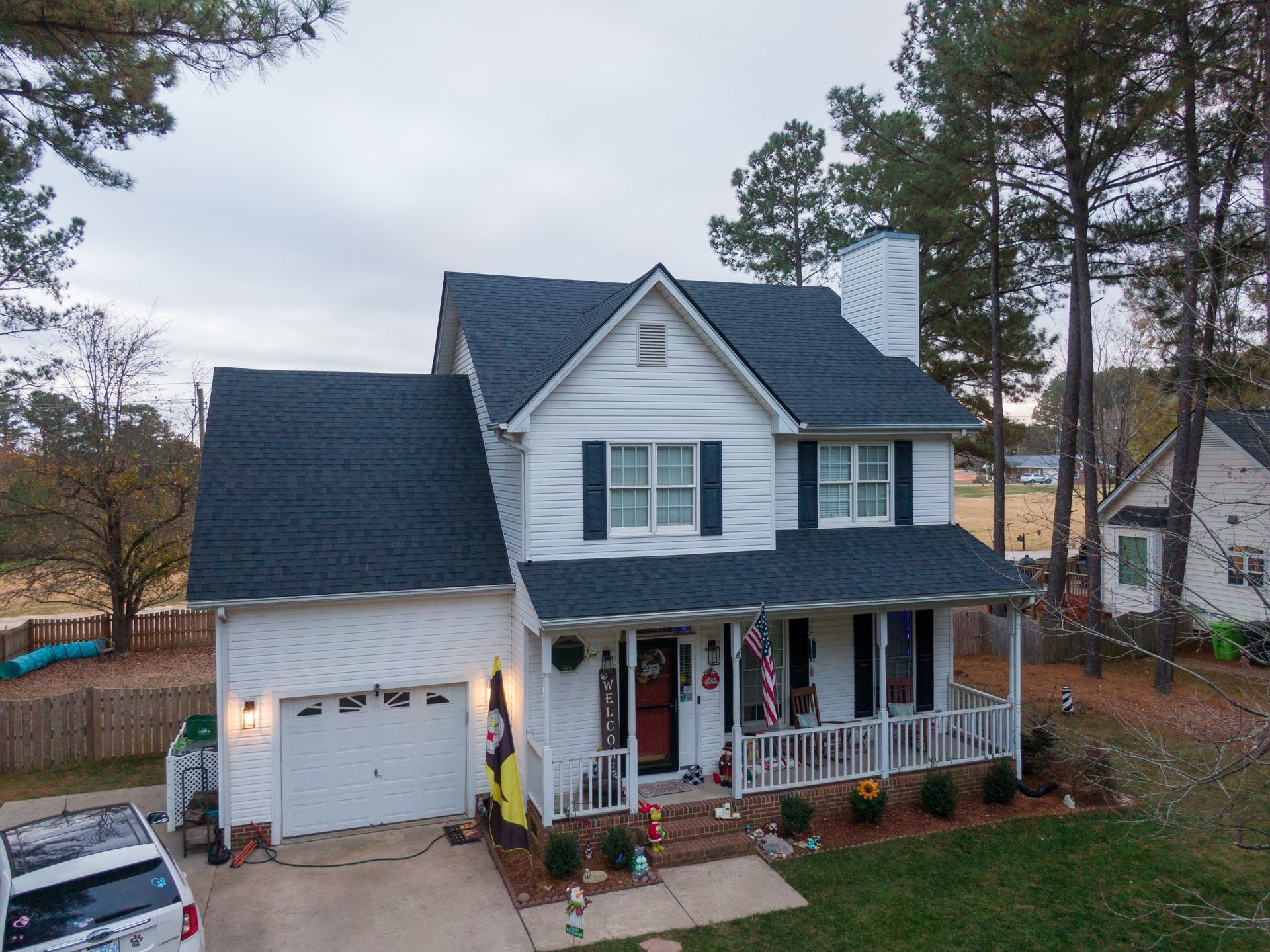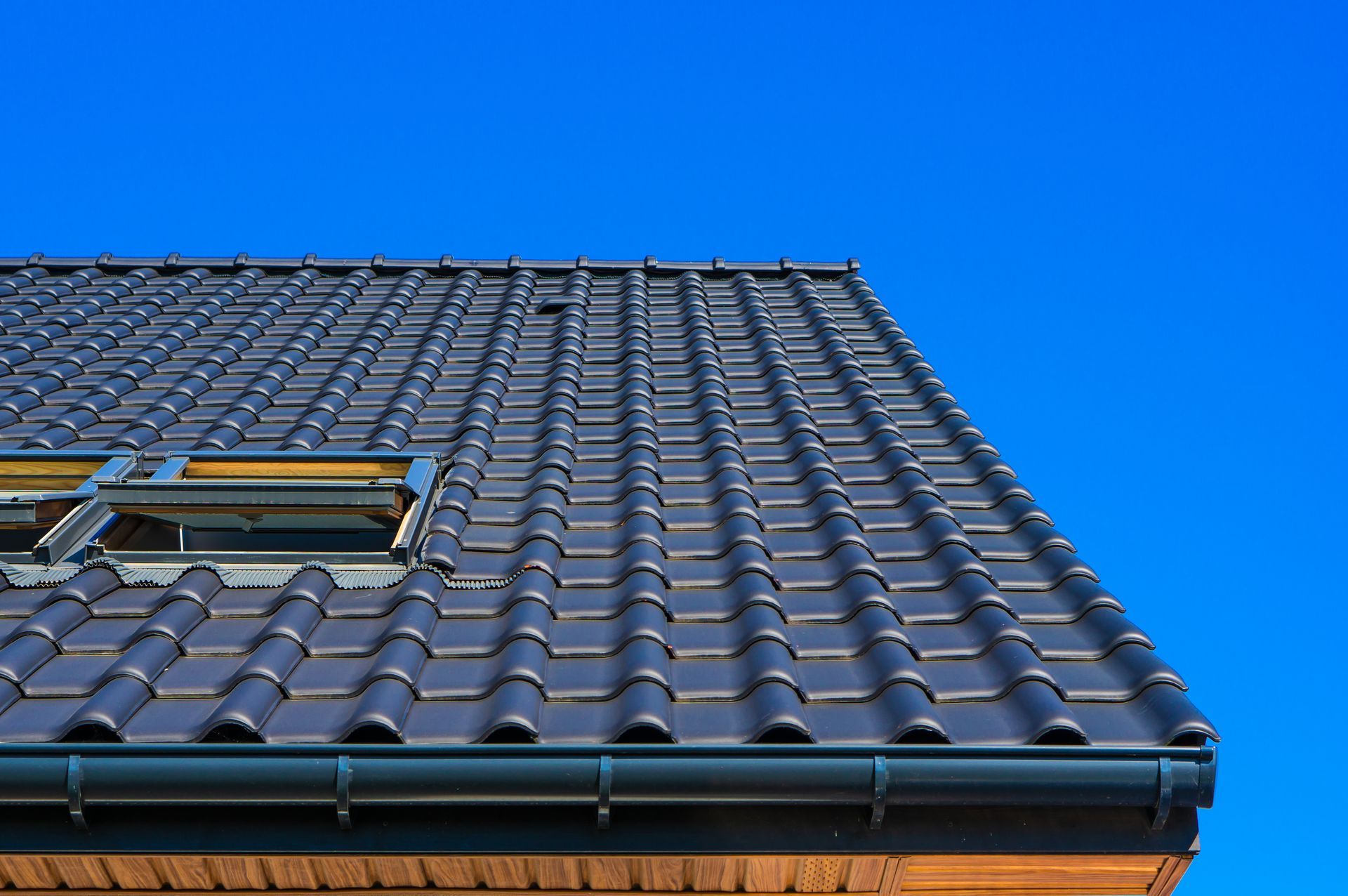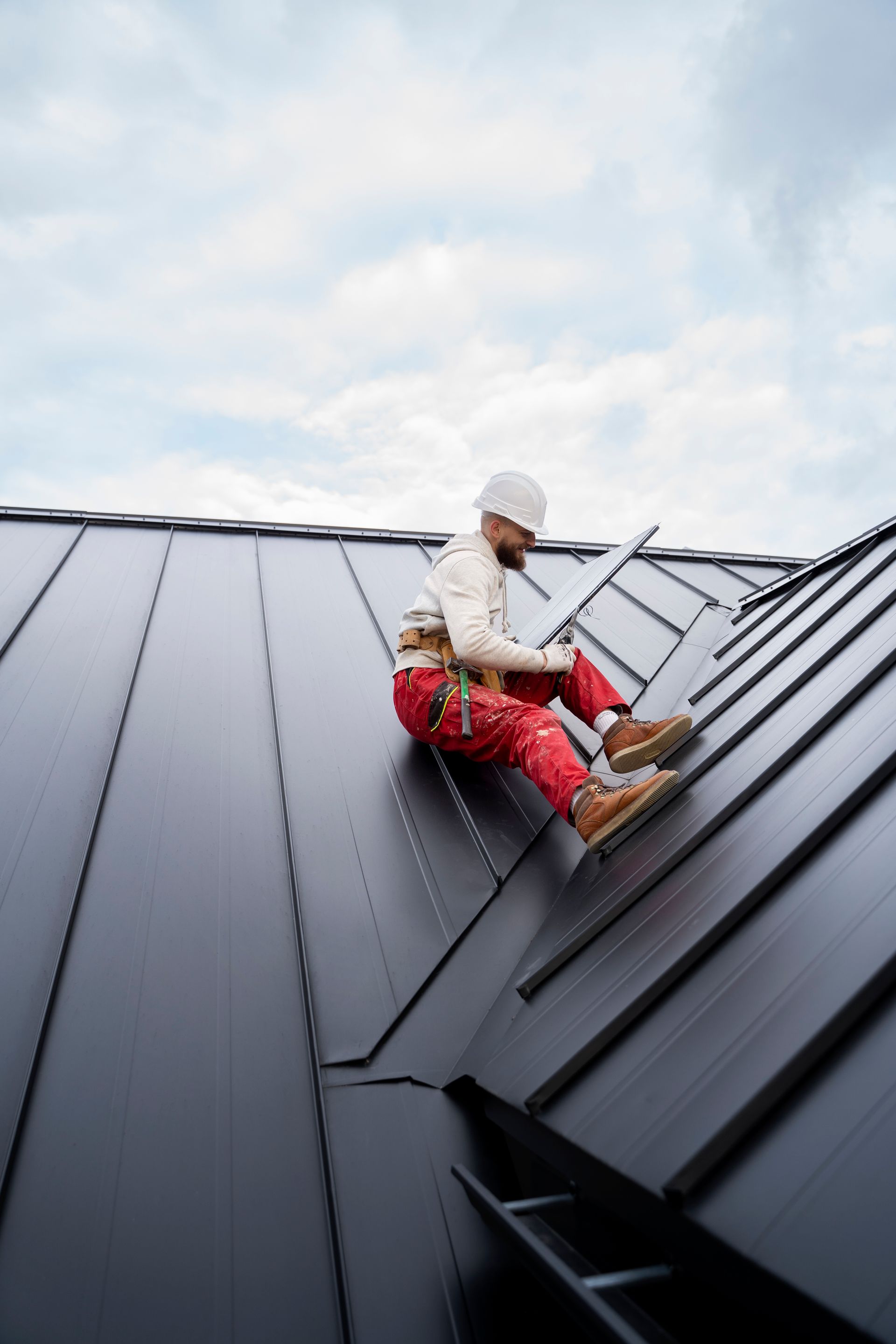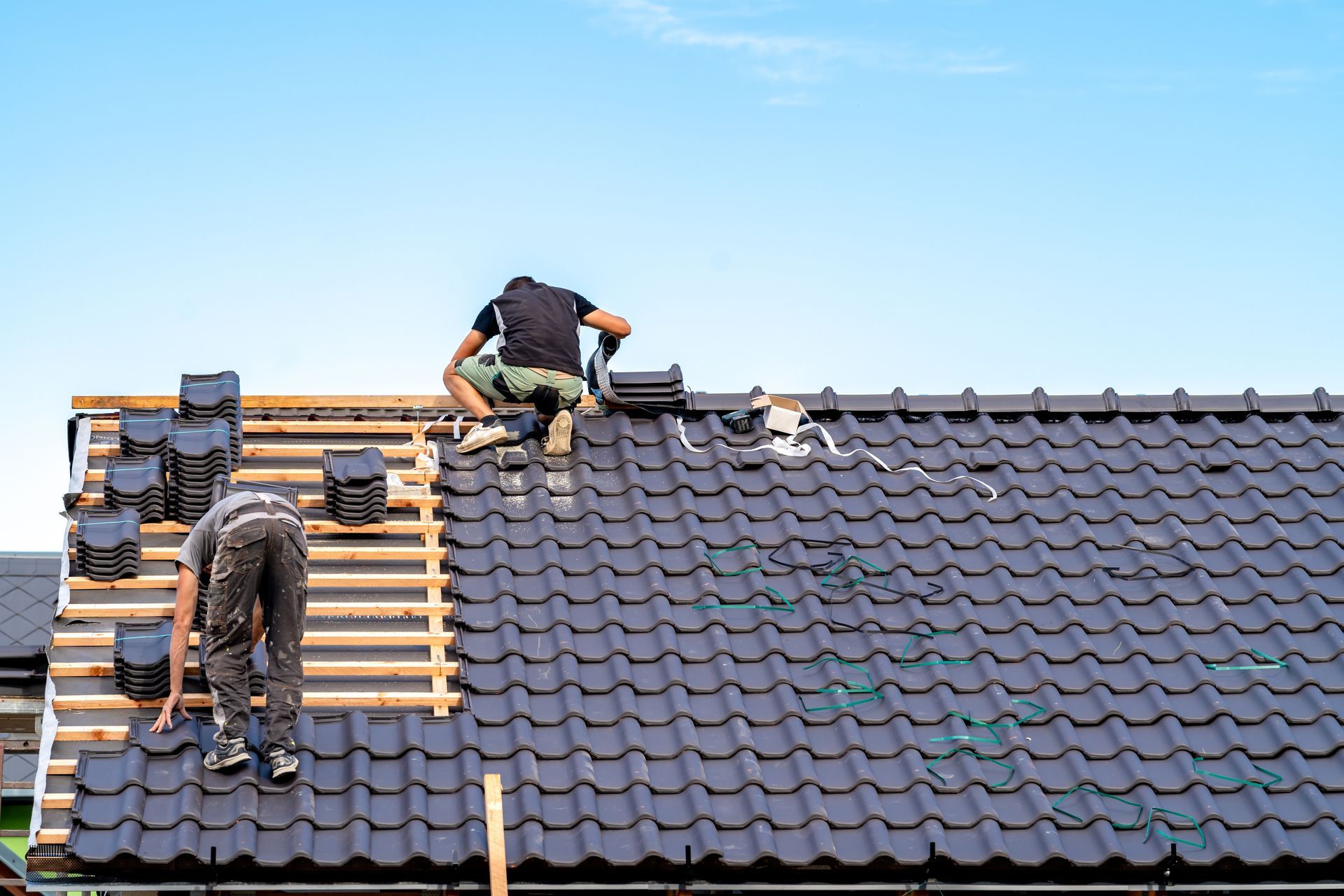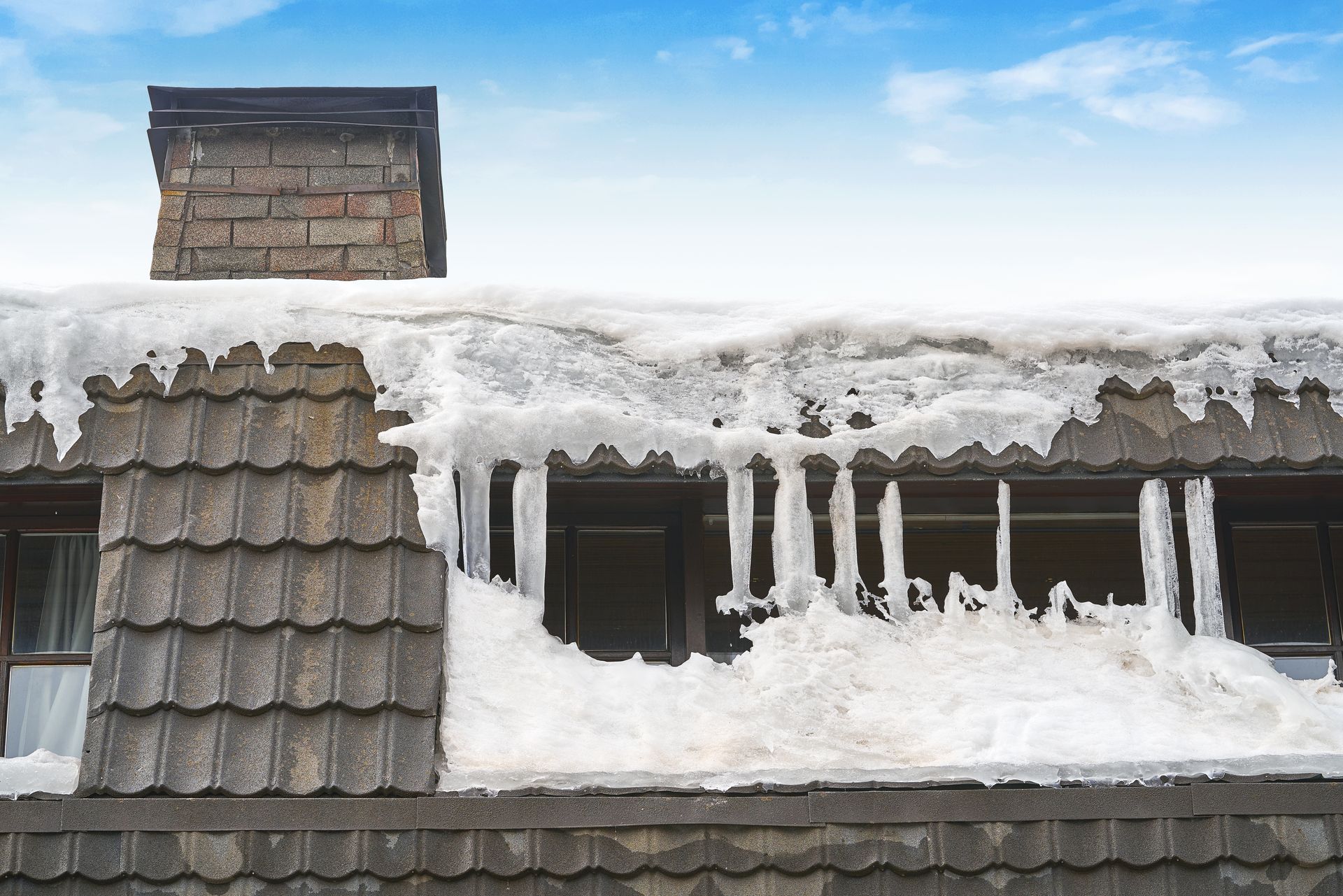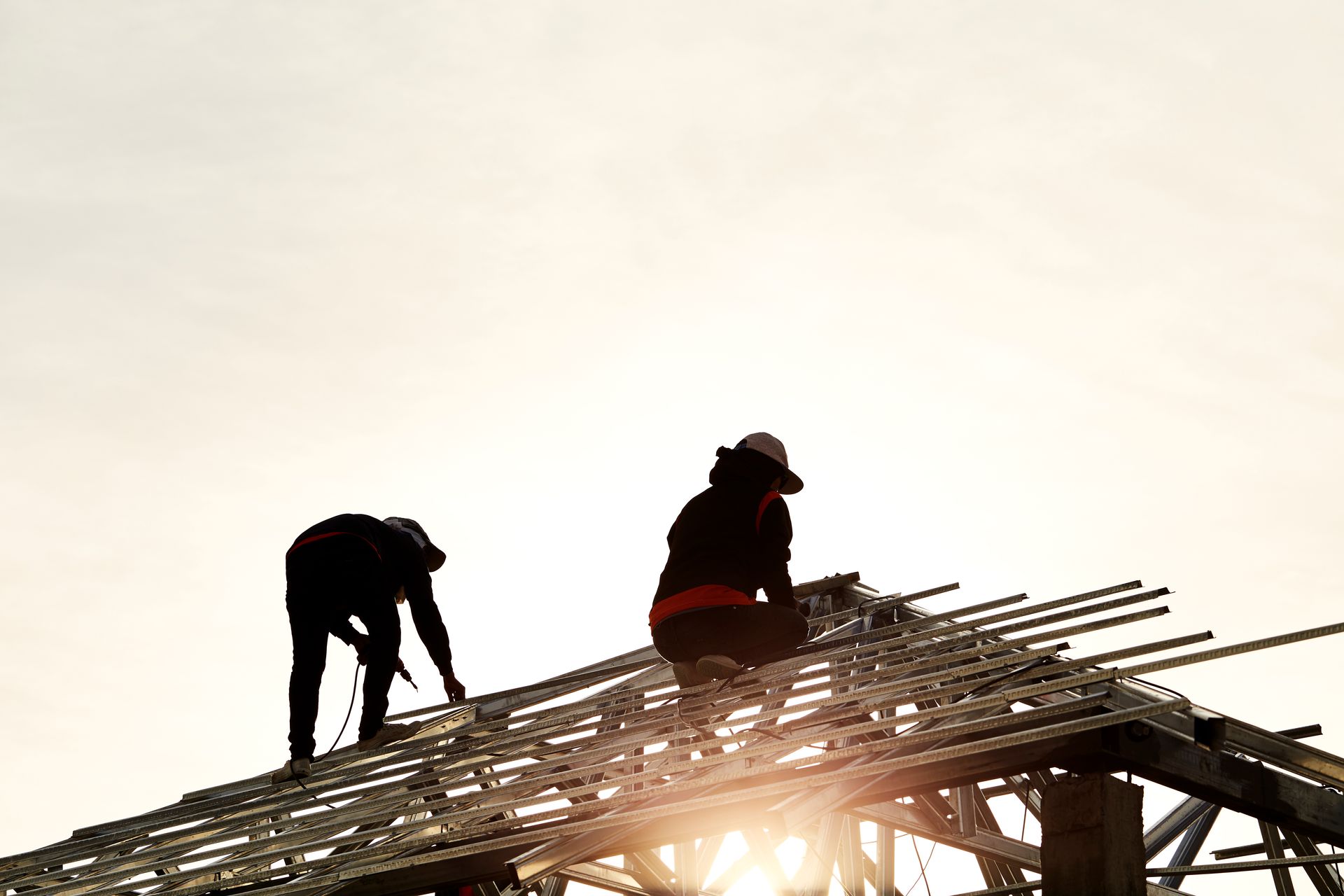Get In Touch
Call:
(780) 463-6320
Email: info@adroof.ca
Service Area:
Ardrossan, Beaumont, Calmar, Devon, Edmonton, Fort Saskatchewan, Gibbons, Leduc, Looma, Morinville, Sherwood Park, South Cooking Lake, Spring Lake, Spruce Grove, St. Albert, Villeneuve and Surrounding Areas.
Business Hours
- Mon - Sun
- -
Select Site Language
Asphalt Shingles Replacement: What You Need to Know
Introduction
Asphalt shingles are one of the most commonly used roofing materials in North America, thanks to their affordability and durability. But like all roofing systems, they eventually need replacement. Whether you’re dealing with weather damage or simply old age, replacing asphalt shingles is essential to keeping your home safe. In this article, we’ll guide you through everything you need to know about replacing asphalt shingles—from understanding the types to choosing the best approach for your home.
Why Replace Asphalt Shingles?
There are several reasons why homeowners might need to replace their asphalt shingles. Over time, exposure to the elements causes shingles to deteriorate, leading to leaks, increased energy costs, and potential structural damage to your home. Timely replacement ensures that your roof continues to provide protection while maintaining your home’s value and curb appeal.
The Lifespan of Asphalt Shingles
Asphalt shingles generally last between 20 to 30 years, but their lifespan can be affected by factors like weather conditions, roof pitch, and the quality of the installation. High-quality shingles that are properly installed and maintained will last longer. Knowing the expected lifespan of your shingles can help you plan for replacement before significant problems arise.
Understanding Asphalt Shingles
Asphalt shingles come in various styles and types, making them a versatile option for roofing. It’s important to understand the differences between the types of asphalt shingles available so you can make the best decision for your replacement project.
Types of Asphalt Shingles
-
Three-Tab Shingles
These are the most basic and affordable type of asphalt shingles. They are flat and have a uniform look, providing a clean and classic appearance. Although they are budget-friendly, their lifespan is typically shorter compared to other shingle types, usually around 20 years.
-
Architectural Shingles
Architectural shingles are thicker and more durable than three-tab shingles. They are often designed to mimic the appearance of more expensive materials, such as wood or slate, giving your roof a more refined and dimensional look. Their added thickness also makes them more resistant to wind and weather damage.
-
Premium Shingles
Premium shingles represent the highest-quality asphalt shingles available. They are designed for superior durability and aesthetics, often mimicking the look of natural materials like slate or cedar. These shingles are the most expensive option but are worth the investment for their longevity and visual appeal.
Benefits of Asphalt Shingles
Asphalt shingles are known for their versatility, affordability, and ease of installation. They come in a wide range of colors and styles, allowing homeowners to customize the look of their roof. Additionally, they provide excellent weather resistance, especially when properly installed and maintained. Their affordability also makes them an attractive option for many homeowners.
When to Consider Replacing Your Asphalt Shingles
Knowing when to replace your asphalt shingles can prevent larger, more expensive repairs in the future. There are several key signs that indicate it might be time to replace your roof.
Signs of Wear and Tear
Over time, asphalt shingles can show visible signs of wear, such as curling, cracking, or losing granules. If you notice these issues, it’s time to consider replacing your shingles. These signs indicate that your roof is no longer providing adequate protection and may be vulnerable to leaks and further damage.
Weather Damage
Severe weather conditions, such as high winds, hail, or heavy snow, can cause significant damage to your roof. If your area has recently experienced a major storm, it’s a good idea to inspect your roof for missing or damaged shingles. Even if the damage isn’t immediately visible, it’s important to address potential issues before they worsen.
Aging Roof
If your roof is nearing the end of its expected lifespan—typically 20 to 30 years for asphalt shingles—it’s time to plan for a replacement. An aging roof may not show immediate signs of damage, but it will become increasingly vulnerable to leaks and other issues as it gets older. Proactively replacing your shingles can save you from unexpected repairs down the road.
Steps Involved in Asphalt Shingles Replacement
Replacing asphalt shingles is a multi-step process that requires careful planning and execution. Whether you’re doing it yourself or hiring a professional, understanding the steps involved can help you prepare for the project.
Inspection and Evaluation
The first step in replacing your asphalt shingles is conducting a thorough inspection of your roof. This will help you assess the condition of your shingles and identify any areas that need repair. A professional roofer can provide a detailed evaluation, including whether a full replacement is necessary or if minor repairs will suffice.
Choosing the Right Shingles
Once you’ve decided to replace your shingles, the next step is choosing the type of shingles that best suit your home. Factors to consider include your budget, the climate in your area, and the aesthetic you want for your roof. Architectural and premium shingles offer more durability and curb appeal but come at a higher cost than basic three-tab shingles.
Removing the Old Shingles
Before new shingles can be installed, the old ones must be removed. This involves tearing off the old roofing material and disposing of it properly. Removing the old shingles allows for a fresh installation and ensures that there are no underlying issues with the roof deck.
Installing New Shingles
Once the roof deck is prepared, the new shingles can be installed. Proper installation is crucial for the longevity of your new roof. Each layer of shingles must be carefully aligned and secured to provide maximum protection against water infiltration and other weather-related damage.
Costs Involved in Asphalt Shingles Replacement
The cost of replacing asphalt shingles depends on several factors, including the type of shingles you choose, the size of your roof, and the labor involved. Understanding these costs can help you budget for the project.
Material Costs
The cost of materials is largely determined by the type of shingles you select. Three-tab shingles are the most affordable option, while architectural and premium shingles come at a higher price. In addition to the shingles themselves, you’ll also need to budget for underlayment, flashing, and other necessary materials.
Labor Costs
Labor costs can vary depending on the complexity of the job and your location. Replacing asphalt shingles is labor-intensive, and while DIY may seem like a cost-saving option, hiring a professional ensures the job is done correctly and safely. Professional roofers have the experience and tools to handle the installation efficiently.
Additional Expenses
Other expenses to consider include the cost of disposing of the old shingles, any necessary repairs to the roof deck, and the potential need for additional ventilation or insulation. These costs can add up, so it’s important to factor them into your budget when planning for a roof replacement.
DIY Asphalt Shingles Replacement vs. Professional Help
When it comes to replacing asphalt shingles, you have two options: doing it yourself or hiring a professional. Each option has its pros and cons, depending on your skill level and budget.
Pros and Cons of DIY
DIY roof replacement can save you money on labor costs, but it requires a significant time investment and a certain level of expertise. If you’re not experienced with roofing projects, you could make mistakes that lead to further damage or void your shingle warranty. Additionally, roofing can be dangerous work, especially if you’re dealing with a steep roof or unpredictable weather conditions.
Benefits of Hiring Professionals
Hiring a professional roofing contractor takes the guesswork out of the process. A professional roofer has the experience, tools, and knowledge to ensure your shingles are installed correctly and that your roof is in good condition. While this option comes with higher upfront costs, it offers peace of mind and long-term savings by preventing potential issues down the line.
Maintenance Tips for Asphalt Shingles
Regular maintenance is key to extending the lifespan of your asphalt shingles. By following these simple tips, you can keep your roof in good condition and avoid the need for premature replacement.
Regular Inspections
Schedule regular roof inspections, especially after severe weather events. Look for signs of damage, such as missing or cracked shingles, and address any issues as soon as possible. Regular inspections can help you catch problems early and prevent costly repairs.
Preventing Algae and Moss Growth
Algae and moss can thrive in humid environments and may cause damage to your shingles over time. To prevent their growth, consider installing zinc or copper strips on your roof. These metals naturally inhibit the growth of algae and moss, helping to preserve the integrity of your shingles.
Conclusion
Replacing your asphalt shingles is a major investment, but it’s necessary to protect your home and maintain its value. By understanding the different types of shingles, planning for the costs involved, and choosing the right approach—whether DIY or professional—you can ensure a successful roof replacement. Regular maintenance will help extend the life of your new shingles and keep your roof in top shape for years to come.
FAQs
How Long Does Asphalt Shingles Replacement Take?
The process of replacing asphalt shingles typically takes between 1 to 3 days, depending on the size and complexity of your roof. However, weather conditions and unforeseen complications can extend this timeline.
How Often Should Asphalt Shingles Be Replaced?
Most asphalt shingles need to be replaced every 20 to 30 years, depending on factors like climate, installation quality, and the type of shingles used. Regular maintenance can help extend their lifespan.
What Are the Most Durable Types of Asphalt Shingles?
Architectural and premium shingles are the most durable types of asphalt shingles. They offer better wind and weather resistance, as well as a longer lifespan compared to basic three-tab shingles.
Can You Lay New Shingles Over Old Ones?
While some homeowners opt to install new shingles over old ones to save time and money, this approach is not recommended. Removing the old shingles ensures a better fit for the new shingles and helps prevent underlying issues from going unnoticed.
How Do Weather Conditions Affect Shingle Replacement?
Weather plays a crucial role in shingle replacement. It’s best to replace shingles during dry, moderate weather to ensure proper sealing and installation. Cold or wet conditions can affect the adhesive and may lead to leaks or poor performance.
At Advanced Roofing Systems Ltd. in Edmonton , we pride ourselves on providing top-quality roofing solutions for homes and businesses. Our team of skilled professionals specializes in asphalt shingle replacement, ensuring that your roof is not only durable but also aesthetically pleasing. With years of experience, we are committed to delivering reliable, efficient, and cost-effective roofing services that meet the unique needs of our clients. Whether it’s routine maintenance or a full roof replacement , we guarantee exceptional results that stand the test of time.
The post Asphalt Shingles Replacement: What You Need to Know appeared first on Advanced Roofing Systems.
Business Hours
- Mon - Sun
- -




Why Advanced Roofing?
You need your roof to work and with over 30 years of experience you can count on us to get it right. We offer a full guarantee from start to finish.
Quick Links
Services
CONTACT INFO
Phone
Service Area
Ardrossan, Beaumont, Calmar, Devon, Edmonton, Fort Saskatchewan, Gibbons, Leduc, Looma, Morinville, Sherwood Park, South Cooking Lake, Spring Lake, Spruce Grove, St. Albert, Villeneuve and Surrounding Areas.
Address
5448 36 Street Northwest, Edmonton, Alberta T6B 3P3, Canada

